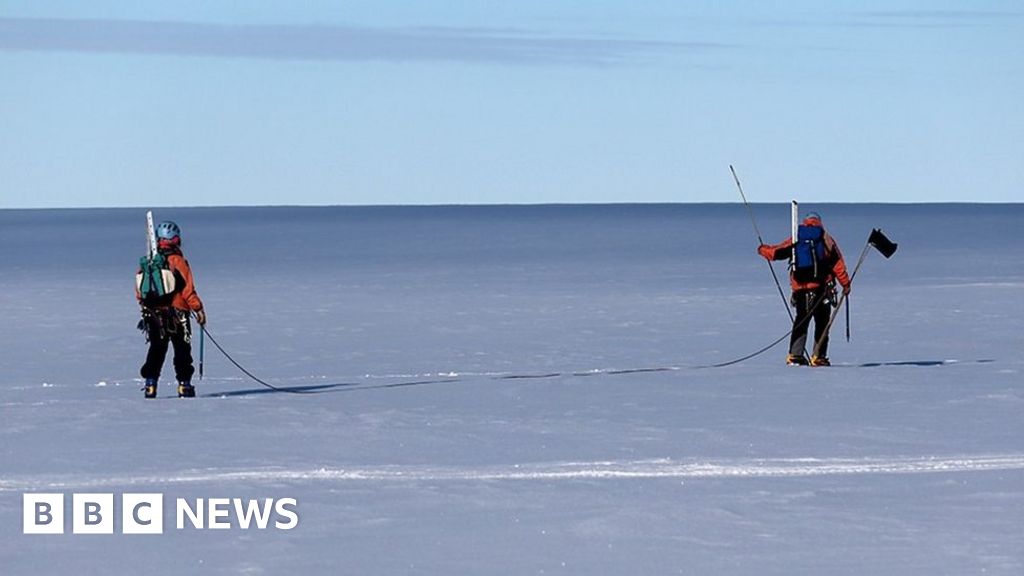- Wed. Apr 17th, 2024
Latest Post
Breaking the Barriers: A Journey of a Female Sports Journalist in Kansas
Aubreigh Heck, a senior student at Kansas Wesleyan University, has been invited to participate in a breakout session at the Kansas Collegiate Media state convention on April 22 at Wichita…
MSL Project Concludes Bright Object is Harmless, Moves Forward with Complex Sample Manipulation Activities
The MSL project concluded that the bright object on the ground is harmless, allowing the team to proceed with their first sample manipulation activities. These activities are complex and require…
Surprising Rise in Mortgage Applications Despite Interest Rate Increase: What’s Driving Homebuyers to Act Quickly?
Despite the rise in interest rates, mortgage applications have seen an increase for two consecutive weeks, according to data from the Mortgage Bankers Association. The volume of mortgage loan applications…
Celtic’s Commanding 11-Point Lead: Can They Secure the League and Cup Double?
As the finish line of the Premiership season draws near, Celtic finds themselves in a commanding 11-point lead over their title rivals, Rangers. This is despite missing their captain Callum…
Exploring the Mysteries of Giant Icebergs: British Antarctic Survey Uses Drones to Study Ice Fracturing in Antarctica
In recent years, scientists in the UK have been intensely focused on understanding the factors that contribute to the formation of giant icebergs in Antarctica. These massive ice formations represent…
Global Economy Leaders Unite at Semafor’s World Economy Summit.
Semafor is hosting its second annual World Economy Summit in Washington, with over 100 influential figures coming together to address key global issues. The event, which takes place from October…
Shakira Celebrates Women’s Empowerment with First Tour in Six Years
Shakira has announced her first tour in six years, and it includes a stop in South Florida at the Kaseya Center in Miami on November 20. The tour, titled “Las…
Countdown to Paris Olympics: 100 Days and Counting!
With just 100 days until the start of the Paris Olympics, the countdown has officially begun. The games will commence on July 24 with men’s rugby and soccer matches, leading…
Exploring the Intersection of Science, Art, and Community Impact: UB’s Graduate School of Sciences Showcases Research in a Stunning Exhibit
A new exhibit at the Buffalo Museum of Science is showcasing how research can be both fascinating and visually stunning. Hosted by the University at Buffalo, the event featured the…
G1 Therapeutics Announces Financial Update and Corporate Progress Webcast for First Quarter of 2024
G1 Therapeutics, a commercial-stage oncology biopharmaceutical company, is pleased to announce a webcast and conference call on May 1, 2024, to provide an update on their financials and corporate progress…


:max_bytes(150000):strip_icc()/GettyImages-1475361643-d0db2495c0224cc99f5a5633427517af.jpg)

